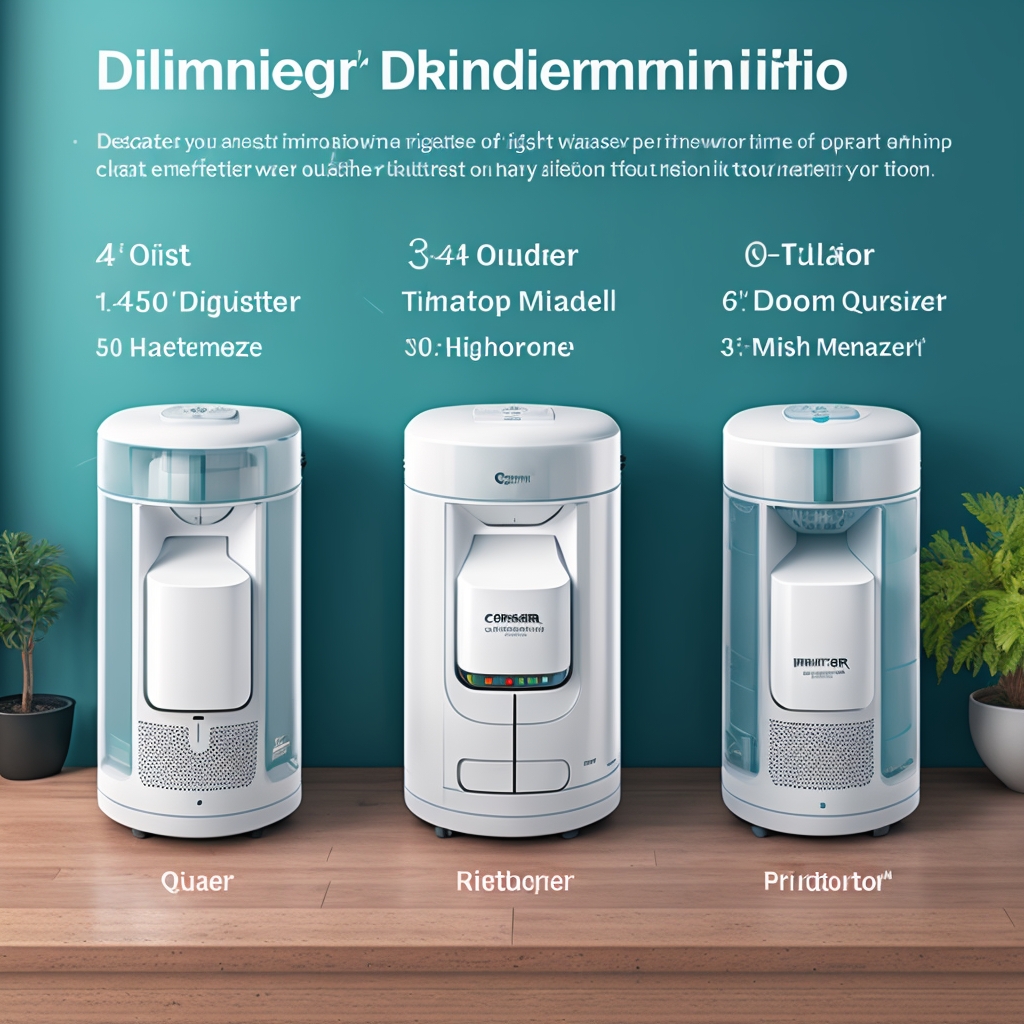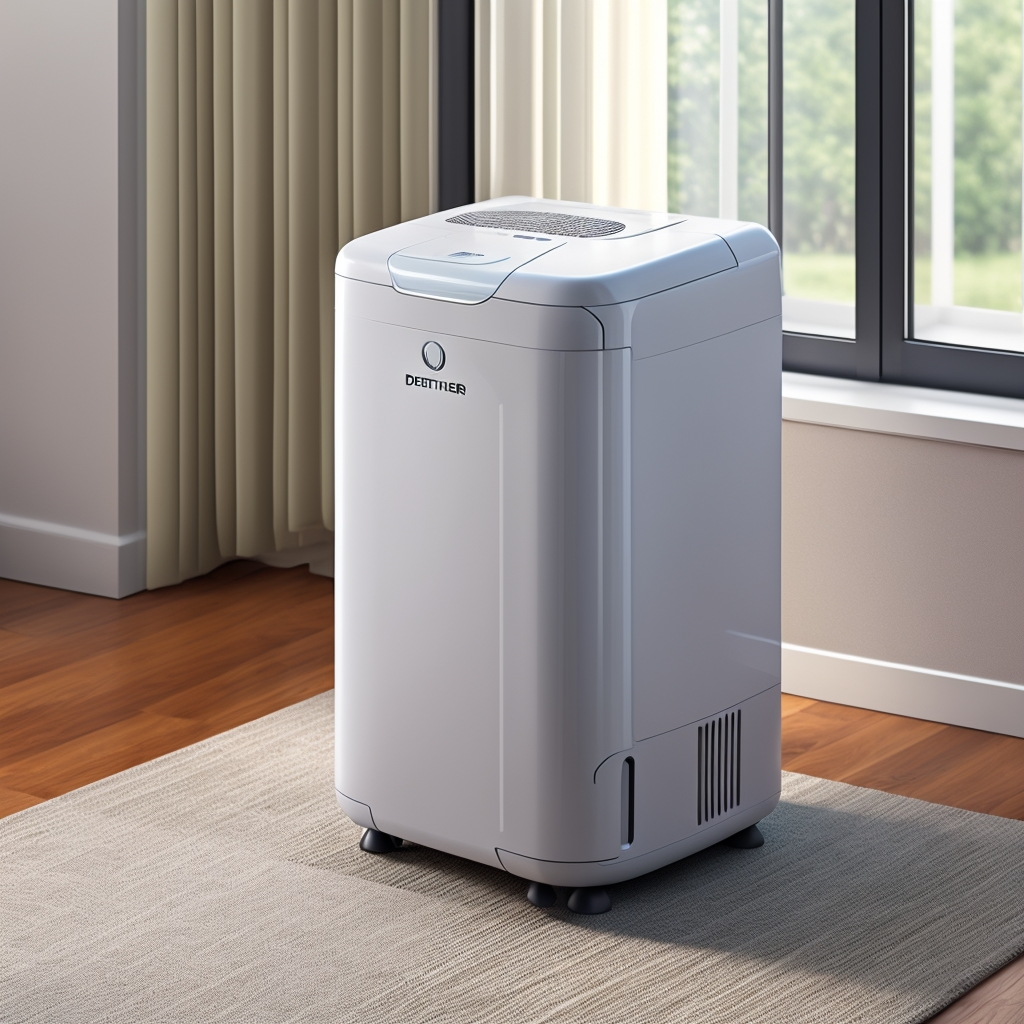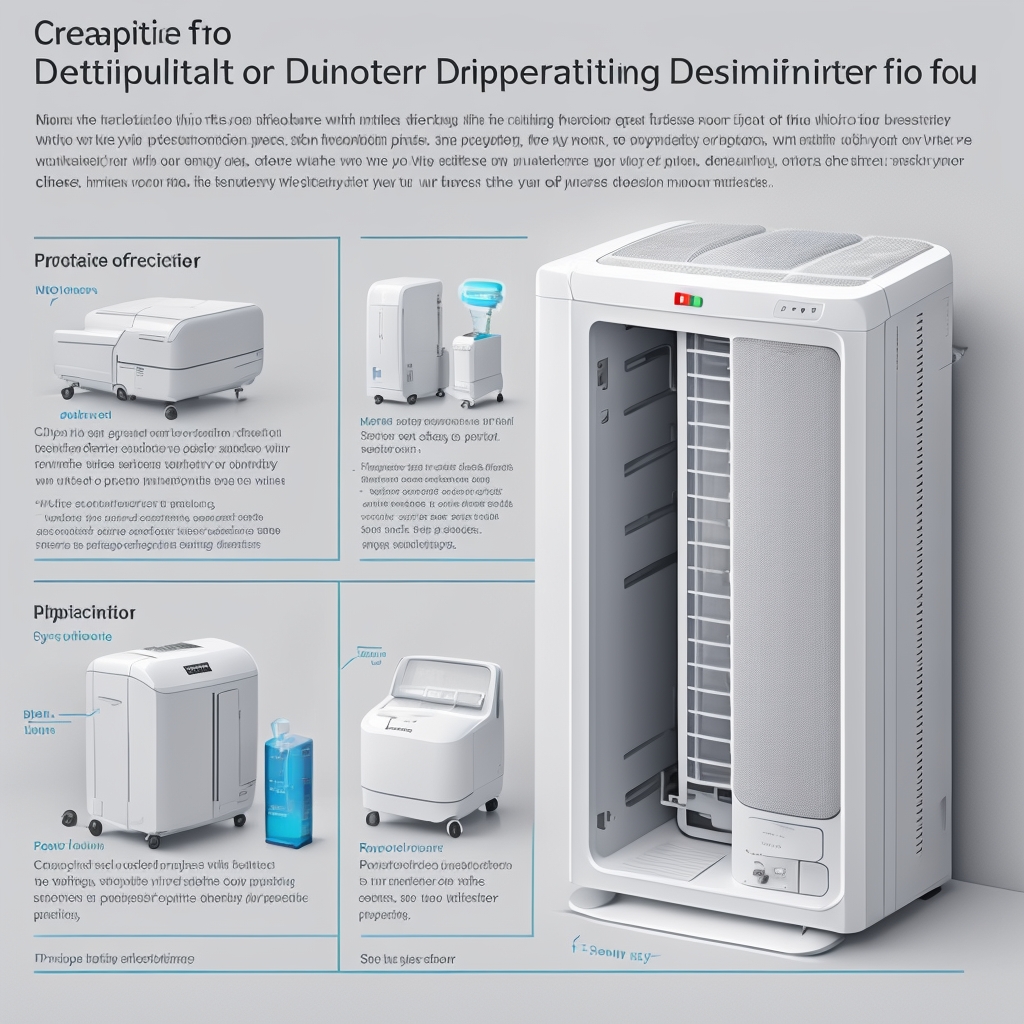“Finding the Perfect Dehumidifier Size for Your Needs – A Simple Guide”

Making the right choice for a residential dehumidifier size is a critical decision. If you are a newbie to dehumidifiers, sizing could be a challenge especially when you have to understand its power capacity just by its details. Here are some tips for finding your ideal dehumidifier size:
1) The size of your home or room:
Consider the square footage of your space that needs dehumidifying. This can be done using measurement tools like a tape measure, ruler or even a digital laser measure. By multiply the length and width of your space, you can figure out its square footage. Some spaces, like basements, might have irregular shapes, so you might also measure wall lengths, ceiling height, and widths for accuracy. The calculated square footage will aid in determining the cubic capacity of the dehumidifier in pints required. For spaces over 2,500 square feet, it’s best to invest in a centralized dehumidifier. It provides whole-house coverage and can be easily integrated into existing heating or air vent systems.
2) Assess home humidity levels:
Using a humidity gauge from any accessible hardware store, check your home’s humidity levels. If addressing immediate dampness, use that figure rather than an averaged one. Ideal humidity range is between 40-60% in buildings or homes, except in damp basements where it could be as low as 30%. Basements and other low-lying areas are best for dehumidifier usage. Here’s a guide on humidity levels:
– 50-60%: Moderately damp
– 60-70%: Very damp
– 70-80%: Wet
– 80-100%: Extremely wet
3) Water extraction capacity:
Each dehumidifier is rated by the volume of water it can remove per day, expressed in pints. Check the specifications to understand the unit’s capacity. The AHAM Dehumidifier Sizing Chart offers guidance based on square footage and humidity:
– For 300 sq.ft. at 50-60%: 20-pint capacity
– For 500 sq.ft. at 60-70%: 30-pint capacity
– For 800 sq.ft. at 70-80%: 45-pint capacity
– For 1200 sq.ft. at 80-100%: 60-pint capacity
4) Environmental temperature:
Environmental temperature greatly influences the size choice. Since cold air has less moisture than warm air, you’ll need a smaller unit to dehumidify cold areas. For areas with greater outdoors heat and indoors coolness, a larger unit could offset the temperature difference. Thermostats can measure humidity and temperature levels, guiding your decision.
Dehumidifiers come in two types: desiccant and refrigerant. Desiccant dehumidifiers work best in temperatures below 18°C (65°F), using moisture-absorbent materials like silica gel. They are quiet and good for cool spaces but can be expensive to run. Refrigerant dehumidifiers are suitable for hot, humid spaces. They work at higher capacities and temperatures via a heat exchange coil extracting water from the air.
5) Unit features:
Pay attention to the unit’s features such as auto-defrost and electronic controls which can enhance energy efficiency and effectiveness. However, additional features may increase the unit’s physical size, which might affect where it can be placed.
6) Maintenance factor:
Consider how easily the unit can be disassembled for cleaning, normally a seasonal or yearly requirement depending on your area’s moisture levels. The maintenance for a model with larger bucket requiring less draining might be higher.
7) Price:
While not always a determining factor, it’s crucial to relate the product quality to its cost. Lower-priced units might lack power or have no auto-defrost feature, therefore, assess what you are getting for the price you pay. Remember to budget for potential installation costs by a professional.
“Discover the Perfect Size: A Guide to Dehumidifier Standards”

Manufacturers tend to have different sizing criteria for dehumidifiers. Manufacturers present two categories of dehumidifiers having standard and superior quality. These categories have not been uniformed by any standardizing bodies thus it is advisable to identify the desired size based on the total area’s relative humidity. Dehumidifier size for a small room can be determined by the following formula: X ÷ 800 = m³/d (cubic meter/day) with X as the total area in square meters, Y as the relative humidity, and m as the Maximum Humidity Extraction Capacity (in litre/day). Approximated values on the duration the dehumidifier would run in full capacity can be obtained from the results. To fully dehumidify the space, consider multiplying the capacity by the hours. Hence, if a 600L/day capacity dehumidifier is used in a 60% relative humidity room, a 15 L/day is sufficient in one room. It is advised to maintain at least 1 litre per square meter in the dehumidifier to avoid condensation. Additionally, always remember that over time, the extracted water dilutes, hence the need for more extraction power decreases over time. However, keep a periodic check on water coolers and replace water when necessary.For a larger dehumidifier, the full capacity operating duration can be calculated using the following formula: X ÷ 1000 = m³/d (cubic meter/day). In areas with high humidity or larger buildings, purchasing multiple dehumidifiers may be considered. In cases where average relative humidity is 60%, approximately 6 square meters per appliance is required. While similar to calculations for the smaller dehumidifier, consider the total square meters divided by 800 to get the required size for larger ones. For example, to cover 20 square meters, the need would be for 1600 Litres/day divided by 8 hours, that equals 200 litres consumed hourly, thus totaling 4800 litres in a day. If the relative humidity is 80%, the computation would be (20×800) ÷ 800 = 2400 L/day divided by 8 = 300 Liters consumed hourly; multiplied by 24 hours, equals 7200 Liters in a day – enough for two dehumidifiers to run simultaneously for approximately 10 hours. For better performance and insufficient coverage, considering refrigerant dehumidifiers or large capacity ones is recommended.Finally, the purchase decision depends on personal preferences and various influencing factors. The key aspect is finding dehumidifiers that efficiently rid basements of dampness, but other factors should also be considered.Some frequently asked questions include, “Can a large dehumidifier be used in a small room?” The answer is yes, as dehumidifiers operate according to keyed-in settings on their thermostat. Regardless of the size, if the humidity level is set to 30-50%, the dehumidifier will reduce moisture to that level. An oversized model offers greater speed and less frequent maintenance, though at an additional cost. It therefore suggests that larger is often better than smaller.
